
Top 10 Magnesium Rich Foods To Lower Blood Pressure
If you're like most Americans, chances are you're not getting enough magnesium in your daily diet. In fact, studies suggest that up to 75% of U.S. adults fall short of the recommended intake for this essential mineral.
Why does that matter? Because magnesium isn’t just a "nice-to-have" nutrient—it plays a crucial role in over 600 biochemical processes in your body. One of its most powerful and often overlooked benefits? Naturally supporting healthy blood pressure levels.
Let’s explore how magnesium helps manage blood pressure—and how to recognize the signs of deficiency.
🩺 How Magnesium Helps Lower Blood Pressure Naturally
Magnesium works in several ways to help your heart and blood vessels function optimally:
1. Improves Blood Vessel Health
Magnesium supports the endothelium, the delicate lining of your blood vessels. This helps them remain flexible and smooth, reducing the risk of arterial stiffness—a major contributor to high blood pressure and cardiovascular disease.
2. Promotes Natural Relaxation
Magnesium increases the body’s production of nitric oxide, a compound that tells your blood vessels to relax and widen. This vasodilation effect allows blood to flow more easily, which can reduce pressure inside the arteries.
3. Reduces Inflammation
Chronic inflammation is a silent factor in many diseases, including hypertension. Magnesium helps regulate inflammatory responses and supports immune system balance, reducing vascular stress and keeping your heart healthier over time.
4. Acts as a Natural Calcium Channel Blocker
Much like certain prescription blood pressure drugs, magnesium naturally blocks calcium from entering the muscle cells of your heart and arteries. This helps those muscles relax instead of contract, reducing tension in your circulatory system.
⚠️ Are You Low on Magnesium? Watch for These Early Signs
Even a mild deficiency in magnesium can cause noticeable symptoms. Here are a few red flags:
-
Chronic fatigue that doesn’t improve with rest
-
Loss of appetite or unexplained food aversions
-
Nausea or vomiting without obvious cause
-
Muscle cramps, twitches, or spasms
-
General weakness or low energy throughout the day
If these symptoms persist, it may be worth speaking with your doctor and considering a magnesium blood test.
🥗 Top 10 Magnesium-Rich Foods to Add to Your Diet Today
Boosting your magnesium intake naturally is easier than you might think. Here are ten delicious and nutrient-packed foods to start including in your weekly meals:
1. Spinach
This leafy green is a magnesium powerhouse and also loaded with iron, fiber, and folate.
2. Pumpkin Seeds
Just one ounce provides nearly 40% of your daily magnesium needs. They're great on salads or as a crunchy snack.
3. Almonds
These heart-healthy nuts also provide vitamin E, healthy fats, and protein—perfect for energy and blood sugar control.
4. Artichokes
Packed with magnesium, fiber, and antioxidants, artichokes are great for digestion and may help lower both systolic and diastolic pressure.
5. Avocados
Besides being rich in magnesium, they offer a healthy dose of potassium and heart-friendly fats.
6. Wild-Caught Tuna
An excellent source of magnesium, B vitamins, and omega-3 fatty acids, which all support cardiovascular health.
7. Wild Salmon
Combines the blood pressure-lowering benefits of magnesium and omega-3s. Bake or grill for a simple, heart-healthy meal.
8. Zucchini
This versatile veggie contains magnesium and antioxidants—especially in the skin. Try spiralizing it for a low-carb pasta alternative.
9. Sweet Potatoes
Rich in magnesium, fiber, and potassium, sweet potatoes can help balance fluid levels and support heart function.
10. Dark Cacao (70% or higher)
A delicious and surprising source of magnesium. Plus, it contains flavonoids that may further reduce blood pressure.
📈 Daily Magnesium Targets: Are You Getting Enough?
According to the National Institutes of Health (NIH), here’s how much magnesium adults should aim for each day:
-
Men: 400–420 mg
-
Women: 310–320 mg
Tip: Choose organic and minimally processed foods when possible, as soil depletion and food processing can lower magnesium content in modern diets.
Note: If you're currently on blood pressure medications, talk to your healthcare provider before adding magnesium supplements, as interactions may occur.
💡 Bonus: Practical Tips to Boost Magnesium Intake Naturally
-
Cook with dark leafy greens like Swiss chard or kale
-
Snack smart with a handful of nuts or seeds instead of chips
-
Add beans and legumes (e.g., black beans, chickpeas) to salads or soups
-
Swap white rice for quinoa or brown rice
-
Include magnesium-rich spices like coriander, cumin, and basil in your cooking
🧠 Final Thoughts: Small Nutrient, Big Impact
Magnesium is more than just a mineral—it's a key to cardiovascular balance. With a few simple dietary changes, you can begin to meet your daily magnesium needs and support better blood pressure naturally.
Remember: Your health is in your hands. Stay informed, eat mindfully, and speak with a qualified health professional if you have concerns.
Disclaimer: This content is for informational purposes only and does not constitute medical advice. Always consult your doctor before making changes to your health or medication routines.
News in the same category

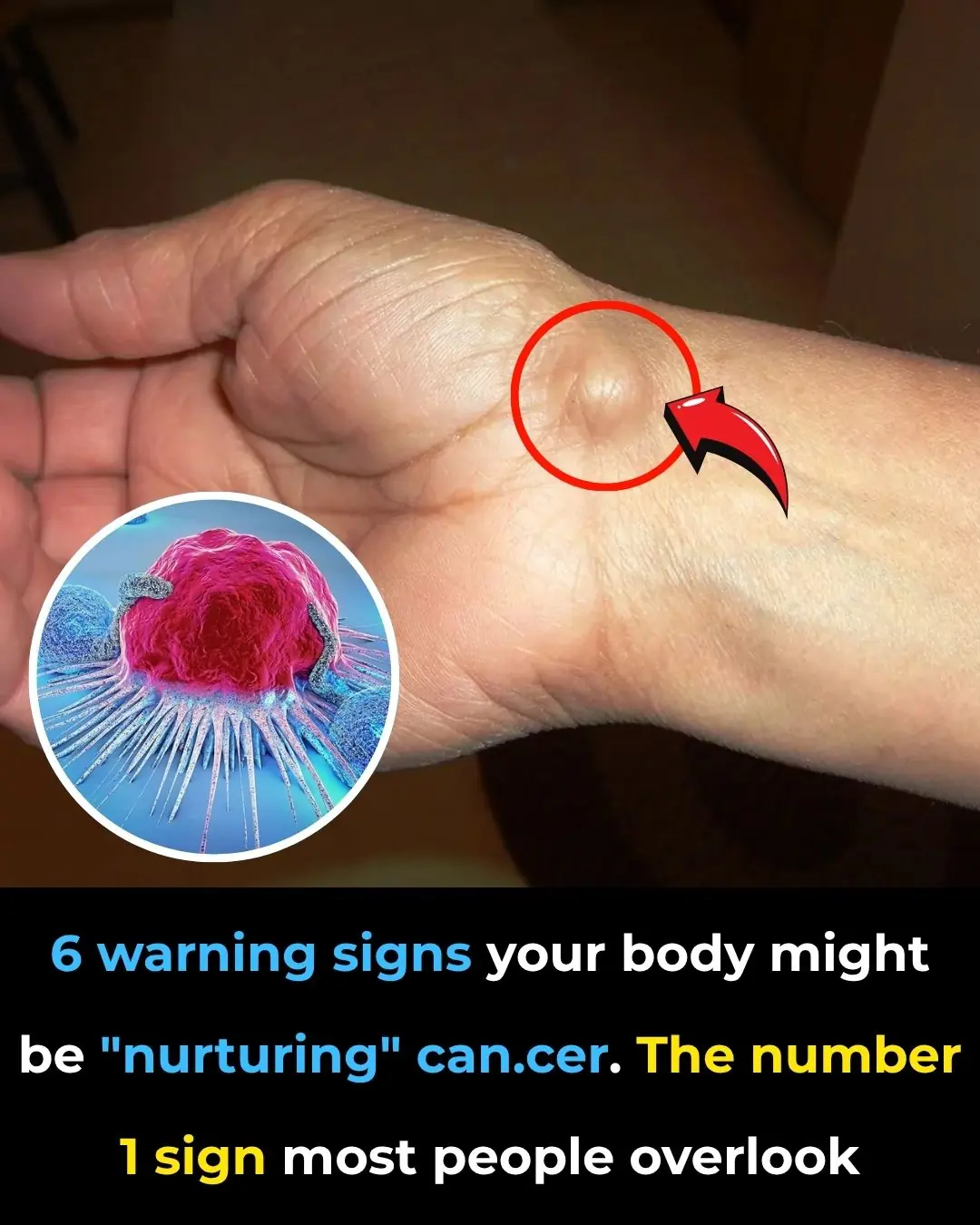
6 Warning Signs Your Body May Be “Nurturing” Can-cer
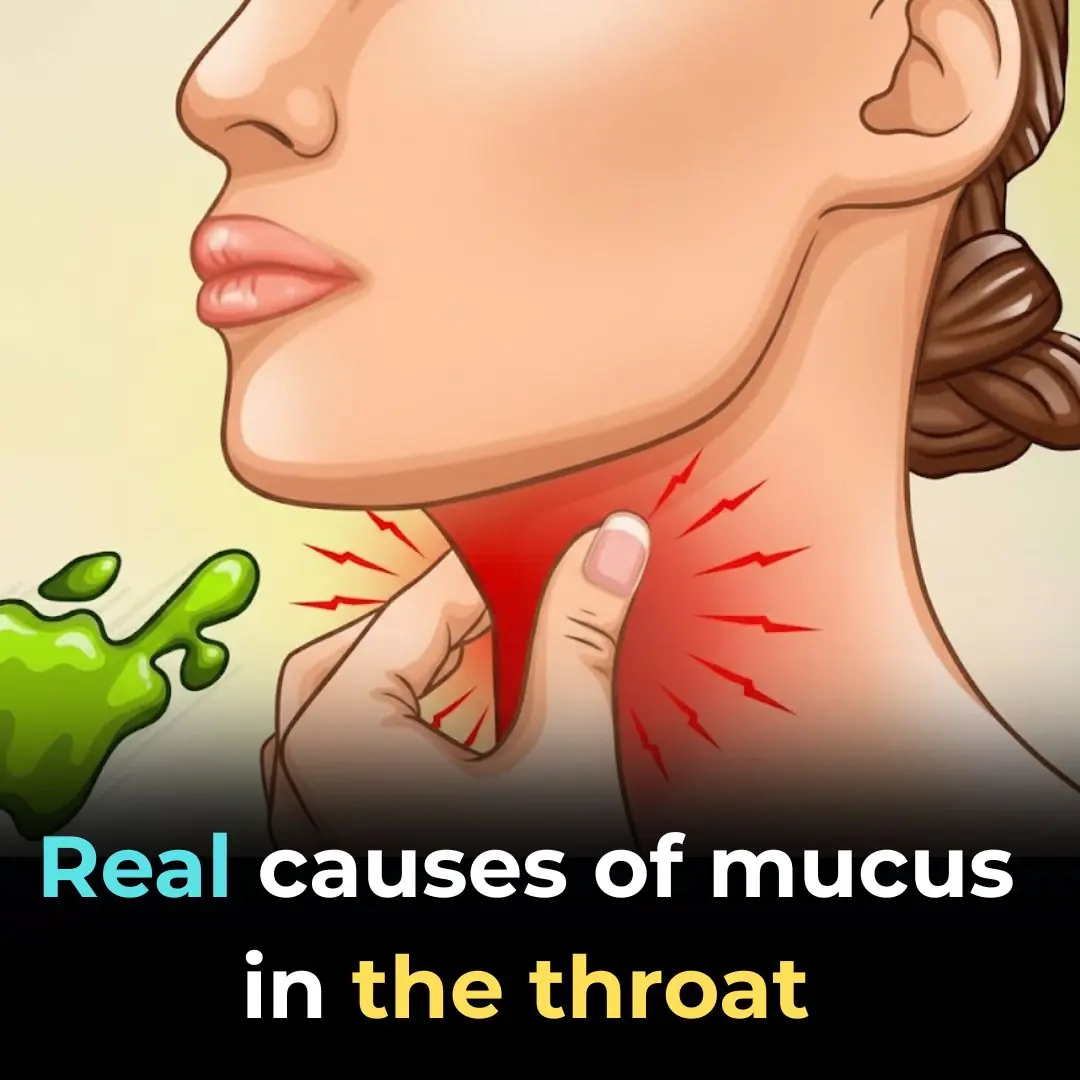
🤢 The Real Causes of Constant Phlegm & Mucus in Throat — And How to Find Relief

6 Signs You’re in the “Roommate Phase”

💧 6 Natural Beverages to Keep Your Kidneys Healthy
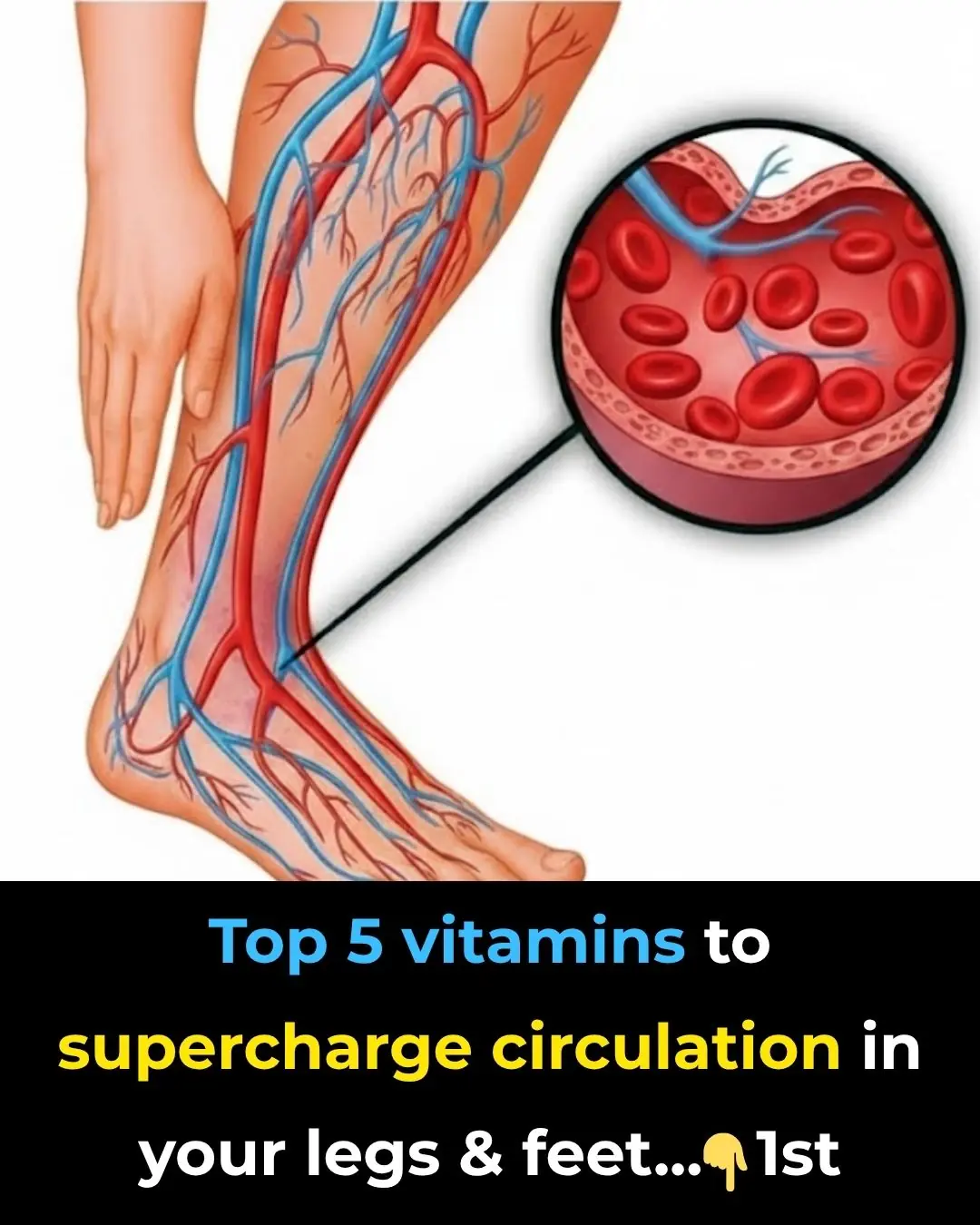
Top 5 vitamins to supercharge circulation in your legs & feet

How To Make Alkaline Water To Fight Fatigue, Digestive Issues And Cancer

Why Nobody Should Be Eating Salmon Anymore

New Research Finds a Way to Treat Late-Stage Cancer—Bringing Hope to Millions

Strokes and heart attacks don’t give warnings. But this could help you fight back—before it’s too late

Important News for Everyone Who Loves a Daytime Nap
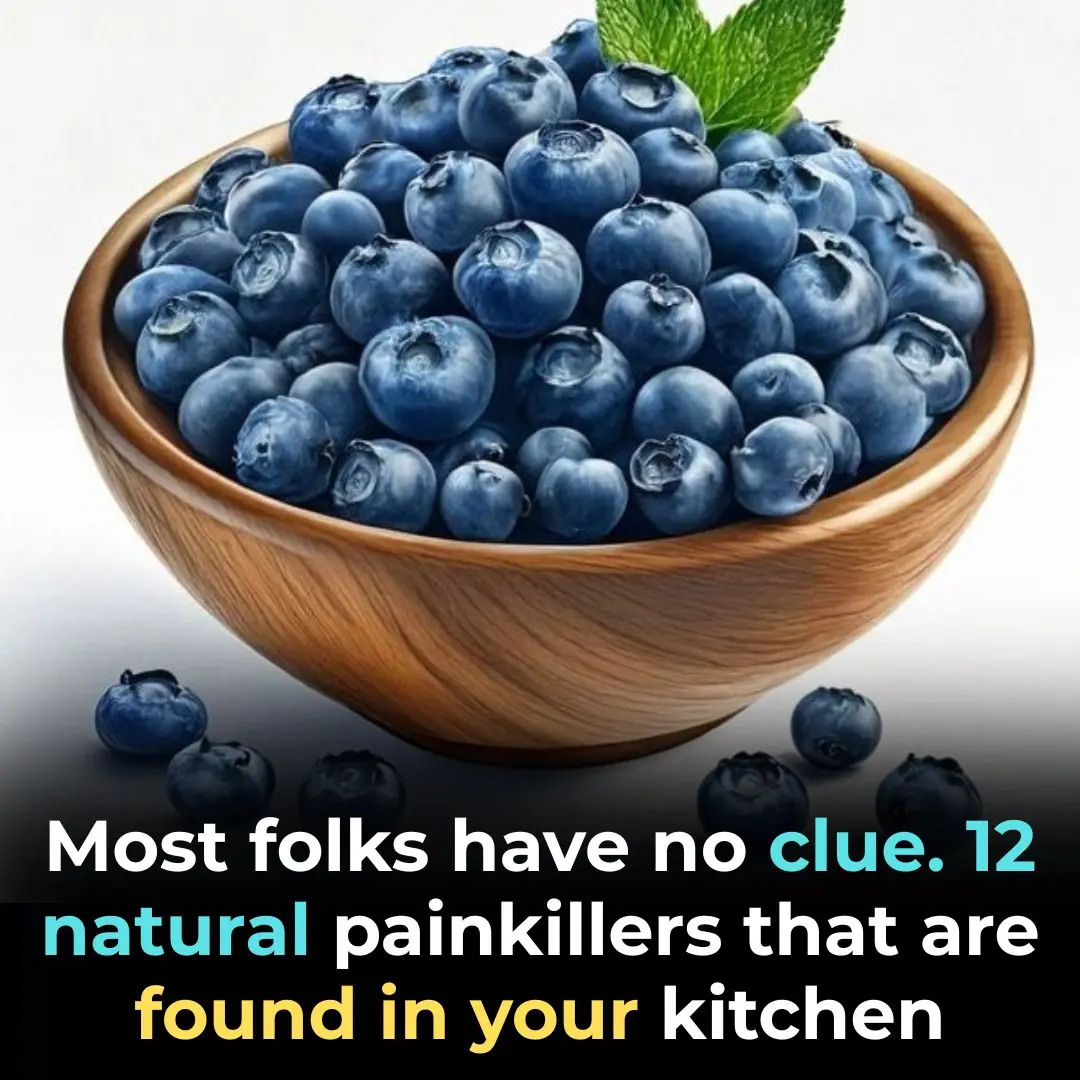
12 Powerful Natural Painkillers Found in Your Kitchen
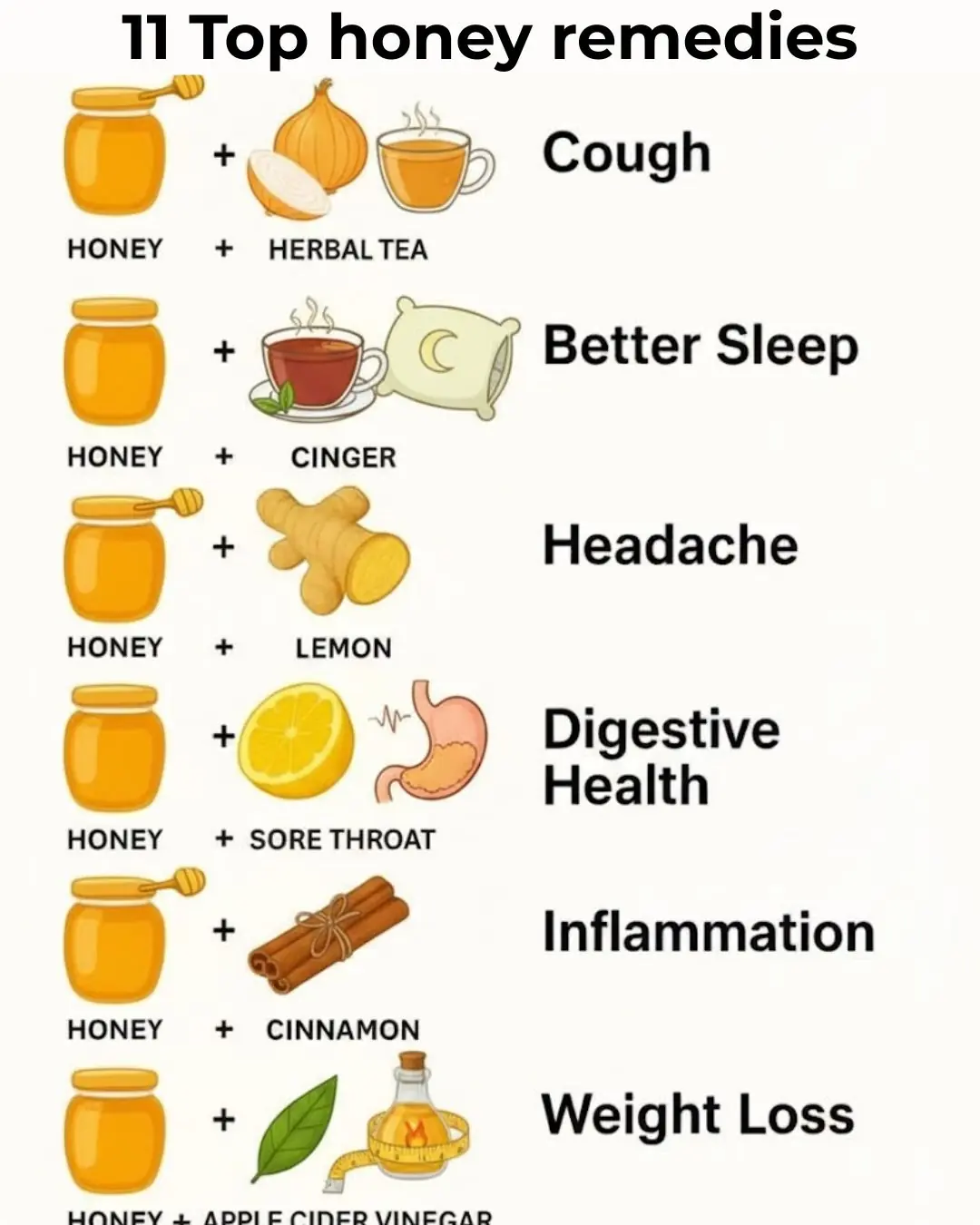
11 Honey Remedies That Truly Work
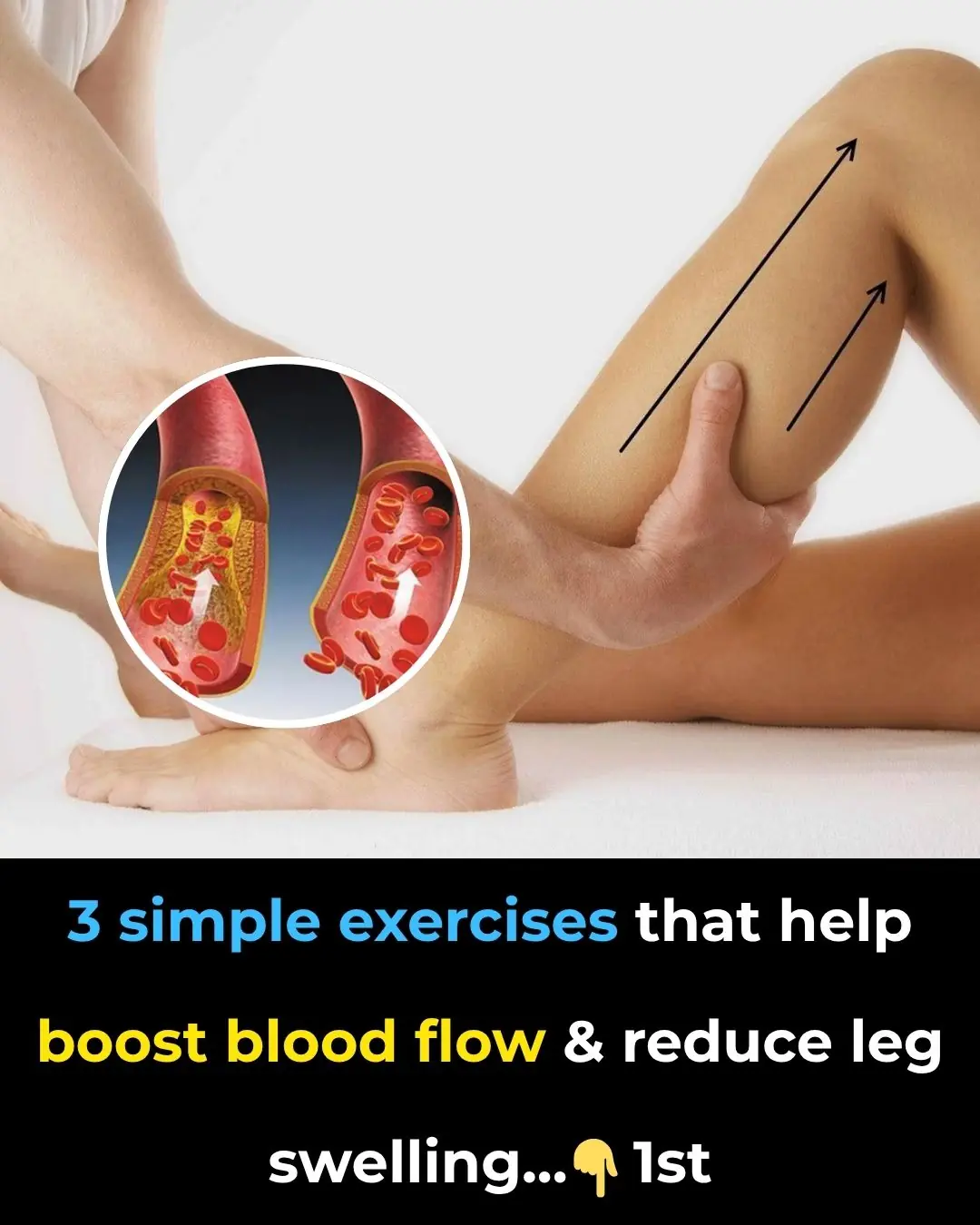
The only 3 exercises you need to improve leg circulation

For those who eat canned tuna: you should know that
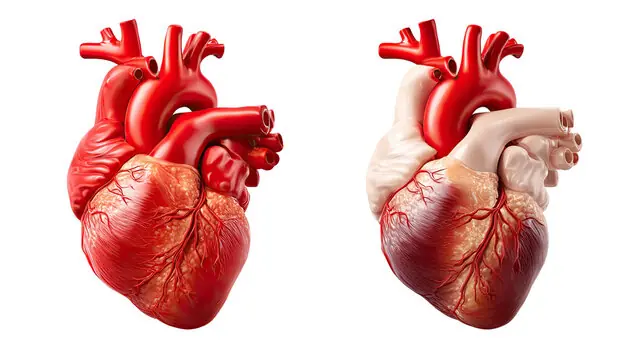
What Really Happens to Your Heart During a 5-Day Fast: A Day-by-Day Breakdown
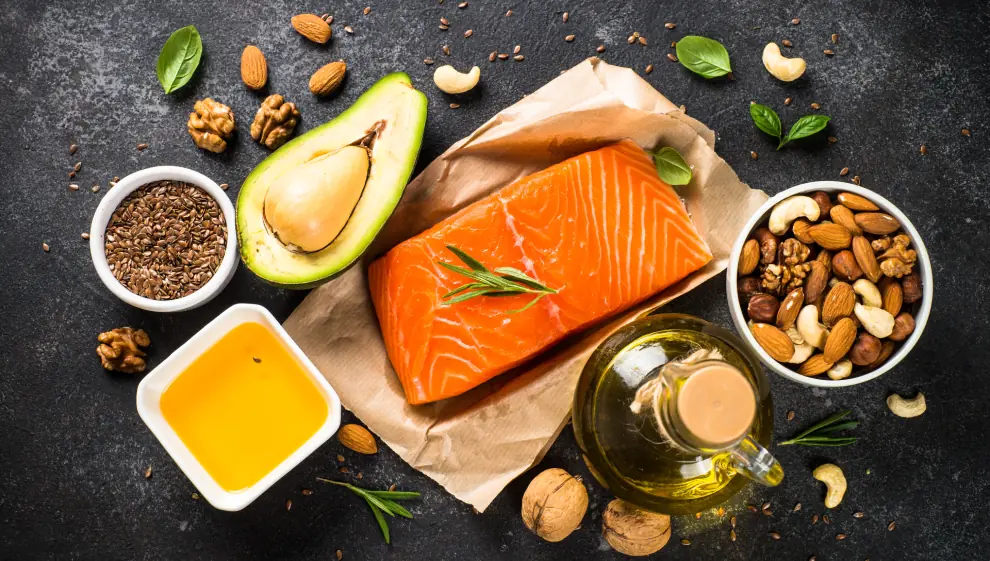
The Magnesium Solution: 10 Essential Foods to Naturally Conquer High Blood Pressure

If You Have High Blood Pressure, NEVER Do This in the Morning

How to Make Alkaline Water to Fight Fatigue, Digestive Issues, and Cancer
News Post

Kissing Bugs and Chagas Disease: A Hidden Danger at Home
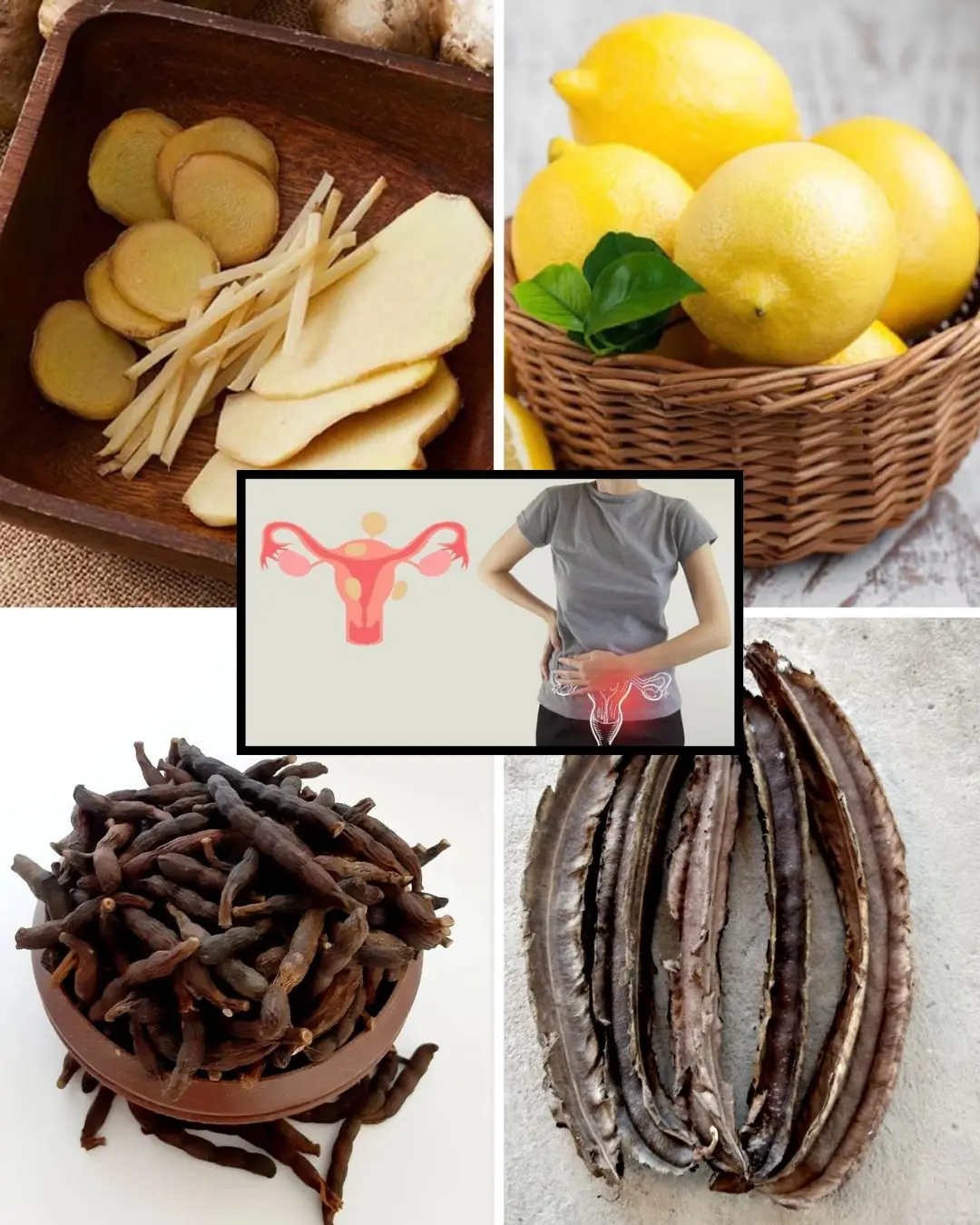
🌿 Gbogbo Nise: The Ultimate All-in-One Remedy for Women 💪✨

5 Skin Glow Juices – Clear Skin

Scientists shocked: this secret spice fights cancer and repairs your body!

6 Warning Signs Your Body May Be “Nurturing” Can-cer

🤢 The Real Causes of Constant Phlegm & Mucus in Throat — And How to Find Relief

I Want to Live: A Child Pulled From the Flames.

Staff Sgt. Chantelle Taylor: The Combat Medic Who Made History.

A Hug at the Golden Eagle.
The Little Elephant Without a Trunk.

Little Ruby and the Soldiers Who Could No Longer See.

The Women Who Rode Through the Depression Carrying Hope in Saddlebags.

Don’t Eat Tofu Right Away After Buying — Freeze It for a Magical Effect: Wish I Knew This Sooner!

Add This One Ingredient to Your Coffee: Say Goodbye to Yellow Teeth and Bad Breath

The Informant Who Burned the Truth: One Man’s Confession from Inside the FBI’s War on Black America.

6 Signs You’re in the “Roommate Phase”

The Cat Who Befriended a Lynx: A Wild Lesson in Unlikely Love.

💧 6 Natural Beverages to Keep Your Kidneys Healthy
